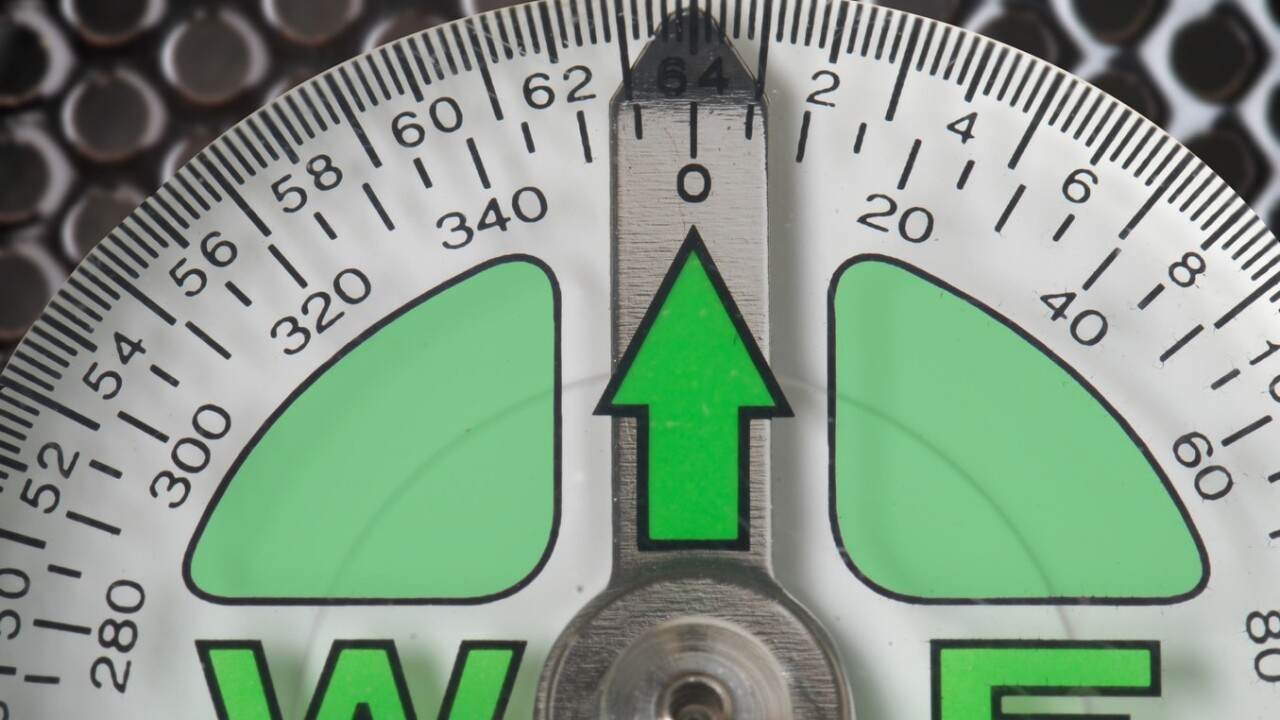
You’ve just batched an entirely new keyword list. There are tons of great potential terms and audiences to target. Until you look at the metrics: $50 for a click?
Instantly your momentum drains, and your campaign ideas are thrown out the window.
I see marketers give up at this point all the time. It’s simply not viable at such a high CPC, right? Wrong.
Here’s why over-reliance on CPC is causing massive downfalls in your marketing potential and why you should stop benchmarking it once and for all.
CPC is the deadliest vanity metric of all
Cost per click is sabotaging you when it comes to ad campaign management. You could spend days sifting through thousands of keywords and lists and not find a single keyword with enough traffic at a “reasonable” cost per click.
In fact, even when finding the perfect search terms, expensive CPCs can stop a campaign in its tracks. It can be deadly to your campaigns, literally ending them before they even start.
For instance, just look at the cost of this search term related to PPC agency marketing.

That’s more than $40 for a single click.
At typical AdWords conversion rates in the B2B space (3.04 percent), you’ll be spending a fortune just to get a single conversion. In fact, that conversion rate would require about 33 clicks to generate a single lead. And those leads aren’t going to translate to so many sales conversions when we’re talking about general B2B service search terms like this.
Running with this CPC would only result in a consultation or a form fill, not a full conversion to services. And at $41.08 x 33, that single lead could easily cost you $1,355.64.
Yikes. I wouldn’t want to pay that either for a form fill.
The simple math and reasoning alone are enough to deter massive amounts of potential advertisers from creating a new campaign. You could have some of the best landing pages, content and lead nurturing tools on the planet, but that simple equation could stop you dead in your tracks.
But the truth is, CPC is a vanity metric in that it doesn’t tell you much of anything related to your bottom line. And to immediately rule out keywords or audiences due to high CPCs is to limit your growth potential.
CPC is highly relative to what industry you are in, too. For instance, PPC agency terms are going to cost a fortune in comparison to cheap ecommerce products. Advertisers simply wouldn’t pay $40 a click for cheap ecommerce listings when their products only sell for $10. That’s just not viable.
But CPC doesn’t matter when you look at the big picture of lifetime value. Here’s why.
Lifetime value is key to abolishing CPC
Customer lifetime value is your company’s estimated revenue per customer over the course of your entire relationship with him or her. Basically, it’s how much money a typical customer will spend with your business before cutting ties.
For example, do your average buyers purchase two, three, four or five times each year? Or maybe only once? Those factors directly impact your customer lifetime value. In this context, CLTV is vastly more important than CPC because it dictates what you can spend.
PPC agencies are expensive. The average costs range between $250 and $1500 for a single month of services. And remember, we calculated the cost for a lead using those benchmarks, finding that it was $1,355.64.
But now, looking at even a single month’s cost for one client (potentially $1500), that seems like pocket change. I know, I wouldn’t have paid before, but given those numbers, it’s a no-brainer to bid on that $40 term – at least on a pilot basis. And if your agency holds on to clients for six to eight months on average, you’d be making massive returns on your investment despite paying a large sum of money to acquire them in the first place.
That’s why lifetime value is the only metric that you really need when hunting for those tipping points of search ad bid viability. It tells you whether or not you can spend more on acquisition and gives insight into where your next strategic moves should be.
Can you afford that CPC? Or does doing the calculation exceed your average CLTV? If so, your next campaign needs to be retention driven. Focus on existing customers and improving their spend with your business. If you can afford that CPC easily, it’s time to focus on big-ticket campaigns where you are free to spend more on acquisition because you know that your CLTV will surpass acquisition costs.
So, where do you go from here?
Run retention and CLTV-boosting campaigns
CPC limits your potential for one big reason: acquisition costs. When acquiring a customer is more expensive than the revenue they bring in, you don’t profit.
And that ultimately comes down to their lifetime value. They aren’t spending enough with you to make it worth it.
If you can raise your customer lifetime value through retention campaigns, you enable yourself to spend more on the acquisition – to target new keywords and bid higher on them to rank higher and drive more traffic. If you don’t, your acquisition costs will always be low, limiting your potential.
The latest data shows that it’s five times cheaper to sell to an existing customer than acquire a new one.

That same study found that the majority of companies are focused on the acquisition and not retention, too. The chances of closing a sale with an existing client are 60 to 70 percent!
If you’re selling ecommerce products, look at your customer reporting software and analyze one-time buyers. Segment them into their own email list and starting running campaigns where you offer discounts and sales for their loyalty.

Even a simple campaign has the chance to boost sales from existing customers and improve their order rates, contributing to higher lifetime values.
If you have a segment that hasn’t purchased in a while, consider running remarketing campaigns on Facebook to bring them back.
If your product is a service or an online tool, brainstorm ways to pitch current clients new ideas that can help their businesses grow. Whether it’s increased services, better services or a new project, crafting a presentation and a pitch could generate thousands of dollars in income with little time and effort.
Focus on your current customers, and you’ll pave the way for more money to spend on acquiring better customers that continue your cycle for years to come.
Improve your quality score and decrease your acquisition costs
When advertising on PPC, your campaigns, ads, and keywords will get labeled with quality or relevance scores, depending on which platform you choose to advertise on. These quality scores simply tell you how relevant and user-friendly the experience is.
Quality scores are made up of three distinct factors:
- Ad relevance
- Expected CTR
- Landing page experience
When successfully optimized for all three factors, your acquisition costs will drop dramatically. But don’t take my word for it. A WordStream study on quality scores found a direct correlation between cost per conversions

The higher your quality score is, the less you will pay for each customer you acquire.
On Facebook, the relevance score works the same way. AdEspresso found that higher relevance scores lead to increased click-throughs and even substantial drops in costs.

So, how do you increase quality and relevance scores? First, start by implementing single keyword ad groups. The more granularly specific you can get, the more you’ll learn.

Specificity will also help you ensure that searchers are getting exactly what they expect to get. ConversionXL found that using SKAGs can increase CTR by 28.1 percent and raise quality scores by multiple points.
Focus on creating multiple ads for each ad group and continually optimizing for maximum CTR. Ensure your landing pages match the ad copy and direct users to the exact product or service they were searching for.
Use quality scores to your advantage to reduce acquisition costs and leave CPC in the dust.
Conclusion
Cost per click-prompted fears have to lead to the downfall of countless campaigns. Whether it stopped them from happening in the first place or require misguided marketers to pause campaigns or eliminate keywords, CPC is a scary metric.
Paying tons of money upfront for clicks with no guarantees of converting is risky business. But it shouldn’t control your customer acquisition destiny, and it doesn’t have to. Instead of letting CPC control your campaigns, start assessing lifetime value and what you can afford to spend to acquire a single customer – not how much individual clicks cost.
Run retention-based campaigns that focus on getting existing customers to spend more. It’s likely easier to sell to them, and you can do it for free through email or pitching a new service upsell. For your next acquisition campaign, focus on quality scores and improving the customer experience. It’s a proven way to decrease acquisition costs.
Get the TNW newsletter
Get the most important tech news in your inbox each week.





